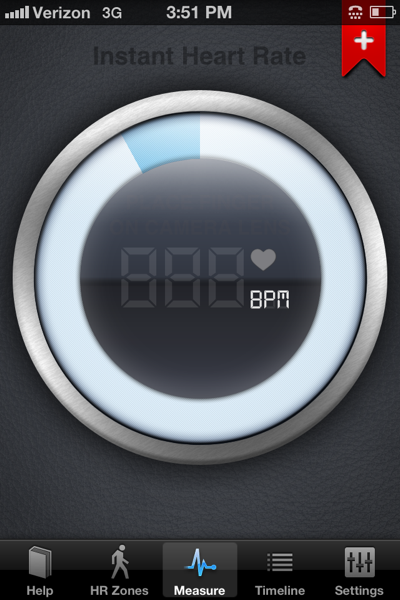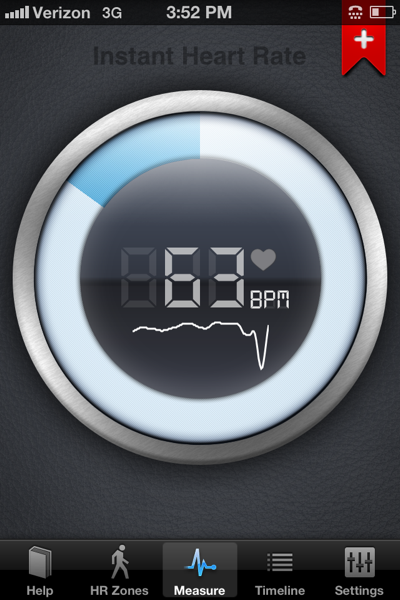One of my absolute favorite and necessary things for working out is my heart rate monitor. I wear it everyday for teaching classes or working out on my own. I love that it’s actual proof of your workout. It helps motivate you to push yourself harder or go those few extra minutes.
If you don’t have a heart rate monitor, I highly recommend getting one. But another option is this app for your phone. It doesn’t track a workout continuously but you easily check your heart rate at any time. It’s from Digifit.


It’s hard to explain the best way to use heart rate for training but here are some key points.
Heart Rate Training Zones
Heart rate training is essential for cardiovascular health and when monitoring your heart rate, you will find five heart zones which are measured by the intensity of your workout effort. Specific goals and exercises target different heart zones, so knowing which zones to workout in is crucial for achieving desired results.
Most warm-ups should take place in Zone 1, which is also the exercise level for a sedentary person. A long, low intensity workout should occur in Zone 2 or low-end Zone 3, which is considered a good aerobic workout zone. Zone 4 starts reaching anaerobic levels usually at around 85 percent maxHR (commonly used for intervals and sprints). Zone 5 completely reaches anaerobic levels and is recommended only for serious athletes training for specific race events.
Get to Know Your Heart
Using a heart rate monitor lets you stay focused on your workout and alerts you to necessary adjustments needed to stay safe and healthy. For instance, an unusual spike in heart rate on your device may alert you to slow down the pace or effort level of your workout. Whether you are tired, dehydrated or simply working too hard, the monitor keeps you in tune with how your body is responding to the exercise so that you can control it. Tracking heart rate allows you to identify your capabilities and limitations while encouraging you to push yourself when you are ready. This knowledge, especially over time, can help guide your fitness and goals so that you are always working to your fullest potential.
Heart-Rate Workout Options
Depending on your goals, there are several different heart-rate workouts to consider based on heart-rate training zones. Any combination of walking, jogging, running, Spinning, biking and the elliptical are fantastic ways to combine exercise and heart rate training.
Fat burning workouts (Zones 1, 2 and low end of zone 3)
Fat burning workouts are done with a lower intensity and longer duration. You would be do your workout in Zone 2 of the chart above. Typically in a duration of 35 to 60 minutes. Long and slow workouts will target your fat cells which are optimal workouts for anyone looking to shed flab and lose weight. Try one of our sample fat burning workouts provided by Digifit’s resident-fitness expert, Giovanni Masi, listed here.
Aerobic/Endurance workouts (Zones 3-4)
Aerobic/Endurance workouts are at a slightly higher intensity and are recommended for heart health. These will vary in between Zones 3 to 4 and allow the heart to get real exercise. These are also more aerobic with a mix of some anaerobic zones. Typical workout time is 30 to 40 minutes for the benefits. These are what most health seekers are doing at the gym. Giovanni provides an example of an aerobic/endurance workout exercise routine that requires an elliptical, stair climber or similar exercise machine.
Anaerobic and max training workouts
Anaerobic and max training workouts include harder effort workouts which will be more taxing on your body and energy levels, like sprint intervals or climbing a steep hill during spin class. These workouts will take you to Zones 4 and 5. Typically your workouts at this effort level will be 15 to 30 minutes max. Check out this recommended anaerobic workout.


